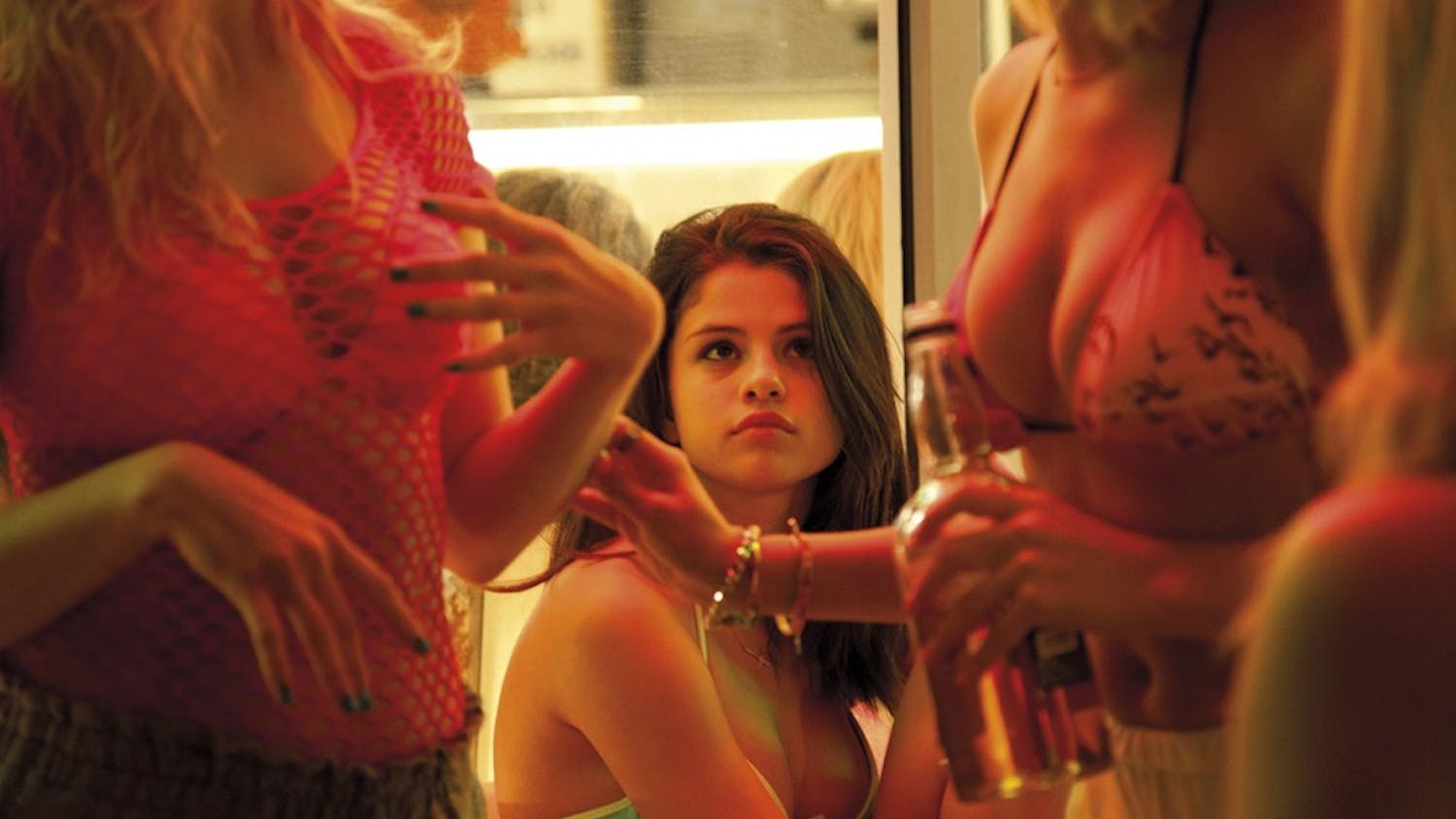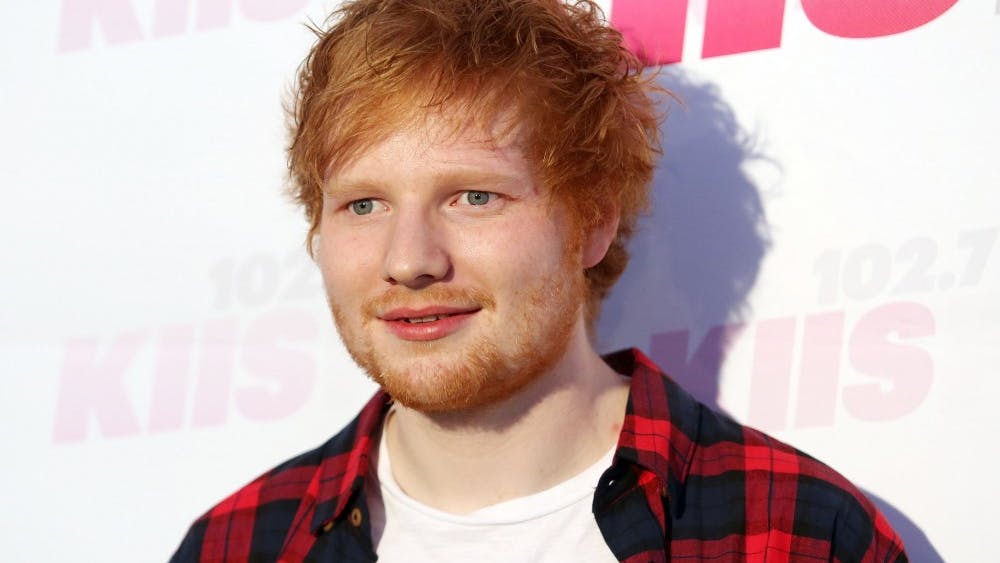New albums in the history of popular music deserve torrents of superlatives in the same way as Blonde on Blonde. \nSure, this hulking beast of a record (the first studio double LP in rock history, at 71 minutes) starts off slowly with the absurdist "Rainy Day Women #12 & 35." But that's just Dylan sedating his listeners before the kill. From then on, it's Dylan at his most musically inspired and, more importantly, at his lyrical peak. A little more than two months after its release, Dylan crashed his motorcycle in Woodstock, N.Y., and his career took a dramatic turn. In the spring of 1966, however, Dylan stood at the forefront of a new musical consciousness.\nThe album's aftershocks are still being felt today. Recorded in Nashville, Tenn., with producer Bob Johnston and a band of impressionistic session musicians, Blonde on Blonde broke so much new ground that it's easy to lose sight of its importance. Bringing It All Back Home and Highway 61 Revisited, classic though they remain, were mere appetizers for the hallucinogenic, improvisational mastery unleashed here. At a time when The Beatles were still performing "Drive My Car" to stadiums of screaming teenage girls, Dylan was explaining how "the ghost of electricity howls in the bones of her face" without a hint of self-importance.\nTrying to explain why Blonde on Blonde resonates to this day is akin to trying to justify why Whistler's "Nocturne in Blue and Gold" still typifies and explicates London. In that, Blonde represents art rock in its infancy, even before Sgt. Pepper's Lonely Hearts Club Band was dropped like a fluorescent atomic bomb on an unsuspecting, meaning-hungry public.\nDigression doesn't serve Blonde on Blonde well. Sure, it's a fine example of what can happen when a ragtag band of revolutionaries hits the studio and freewheels until they're blue in the face, but something deeper was happening in February and March 1966 in Nashville, and it was mostly in Dylan's head. \nAs Dylan explained to Playboy Magazine in the late '70s, Blonde on Blonde was "the closest I ever got to the sound I hear in my mind. ... It's that thin, that wild mercury sound. It's metallic and bright gold, with whatever that conjures up. That's my particular sound." \nIt's the sound Dylan will always be remembered by, too, for decades, maybe centuries, to come.
Classic Album Review: Bob Dylan Blonde on Blonde
Dylan's poetic prime

Get stories like this in your inbox
Subscribe





